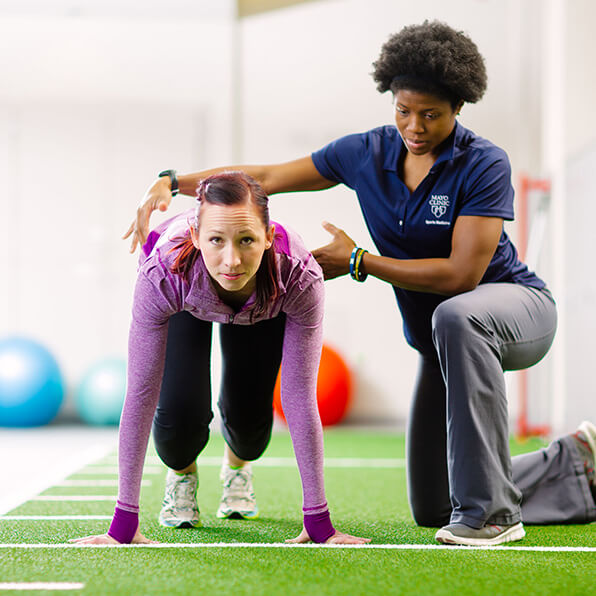
One of the primary benefits of resistance training in recovery is its ability to improve muscle strength and stamina. When muscles are more powerful, they can better stabilize joints and reduce the chance of re-injury. For instance, an individual recovering from a knee trauma can benefit from workouts that strengthen the thigh muscles and hamstrings. These muscular tissues play a vital role in stabilizing the knee articulation. By incorporating resistance training into their recovery program, athletes can recover their strength more effectively and safely.
In addition to building power, strength conditioning also improves mobility and range of motion. Many injuries can result to rigidity in the affected region, causing it difficult for individuals to move freely. Resistance training workouts often involve extending and lengthening the muscular tissues, which can help restore mobility. For instance, adding weight straps or weights into flexibility routines can enhance the efficacy of these exercises. As mobility improves, athletes can execute actions more efficiently, which is crucial for optimal performance in their activity.
Another important aspect of strength training in sports recovery is its beneficial effect on mental well-being. Healing from an injury can be a challenging and frustrating process for individuals. Participating in strength training can offer a feeling of achievement and boost confidence. As individuals see gains in their strength and abilities, they may feel more motivated to persist their recovery journey. This mental uplift can be just as crucial the original source as the physical benefits, as a optimistic attitude can lead to better results in rehabilitation.
Finally, resistance conditioning can assist individuals transition back to their activity more seamlessly. Once they have regained their strength and mobility, individuals need to practice activity-specific actions to ensure they are prepared for contests. Strength training can be integrated with activity-specific exercises to create a comprehensive rehabilitation plan. This blend allows athletes to not only heal but also improve their performance. By focusing on both rehabilitation and performance, strength conditioning becomes an essential tool in the rehabilitation journey, assisting athletes return to their activity stronger and more durable.